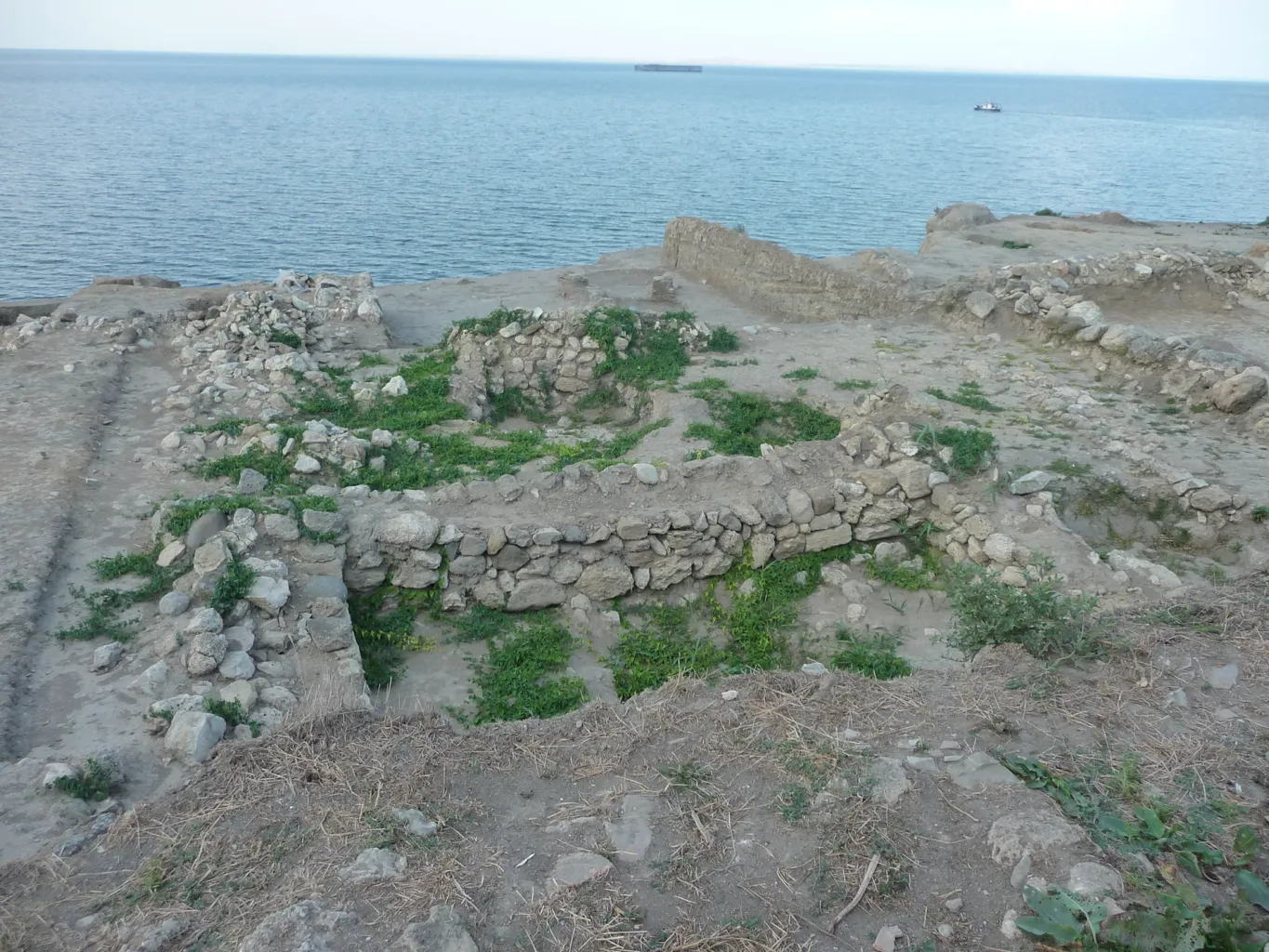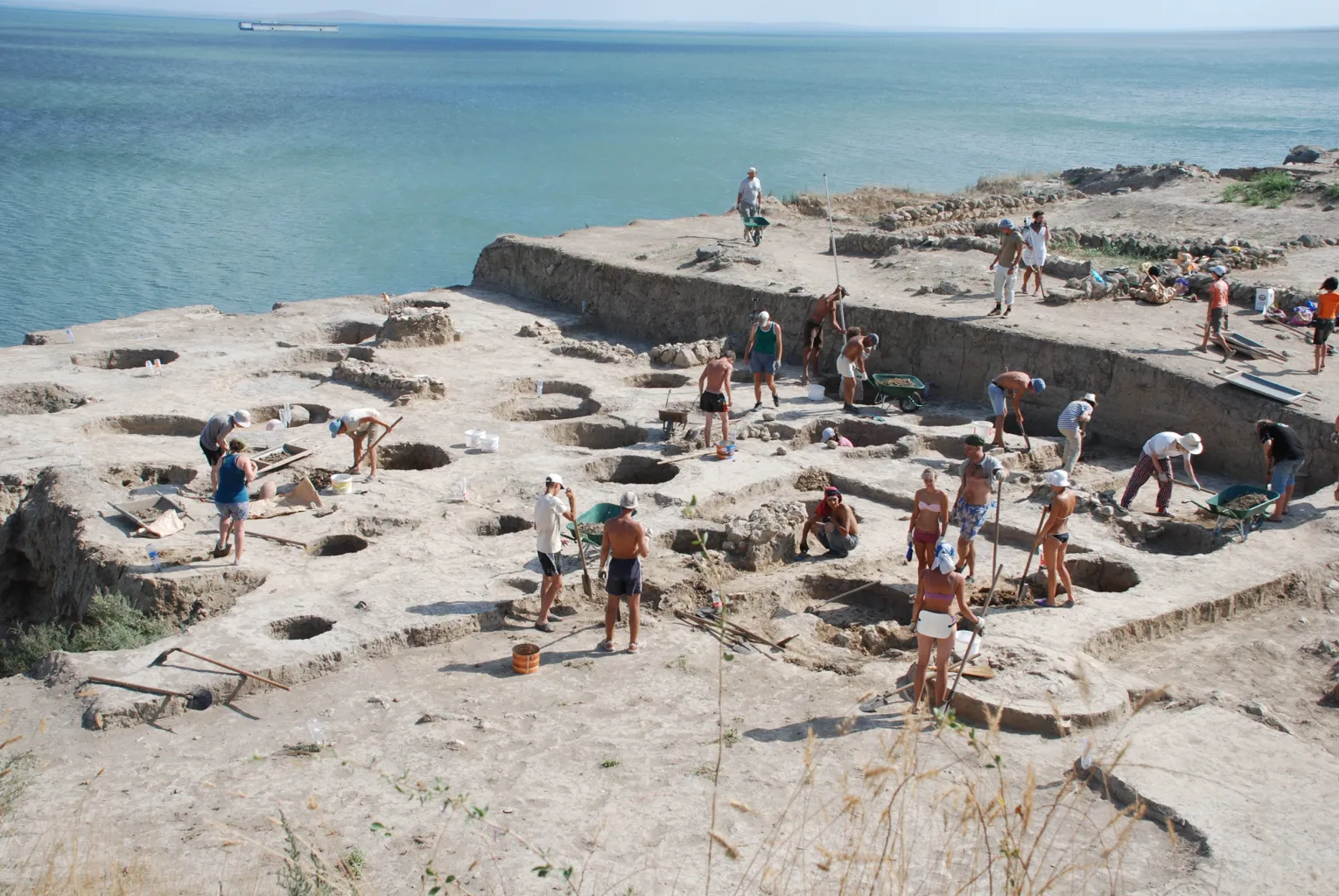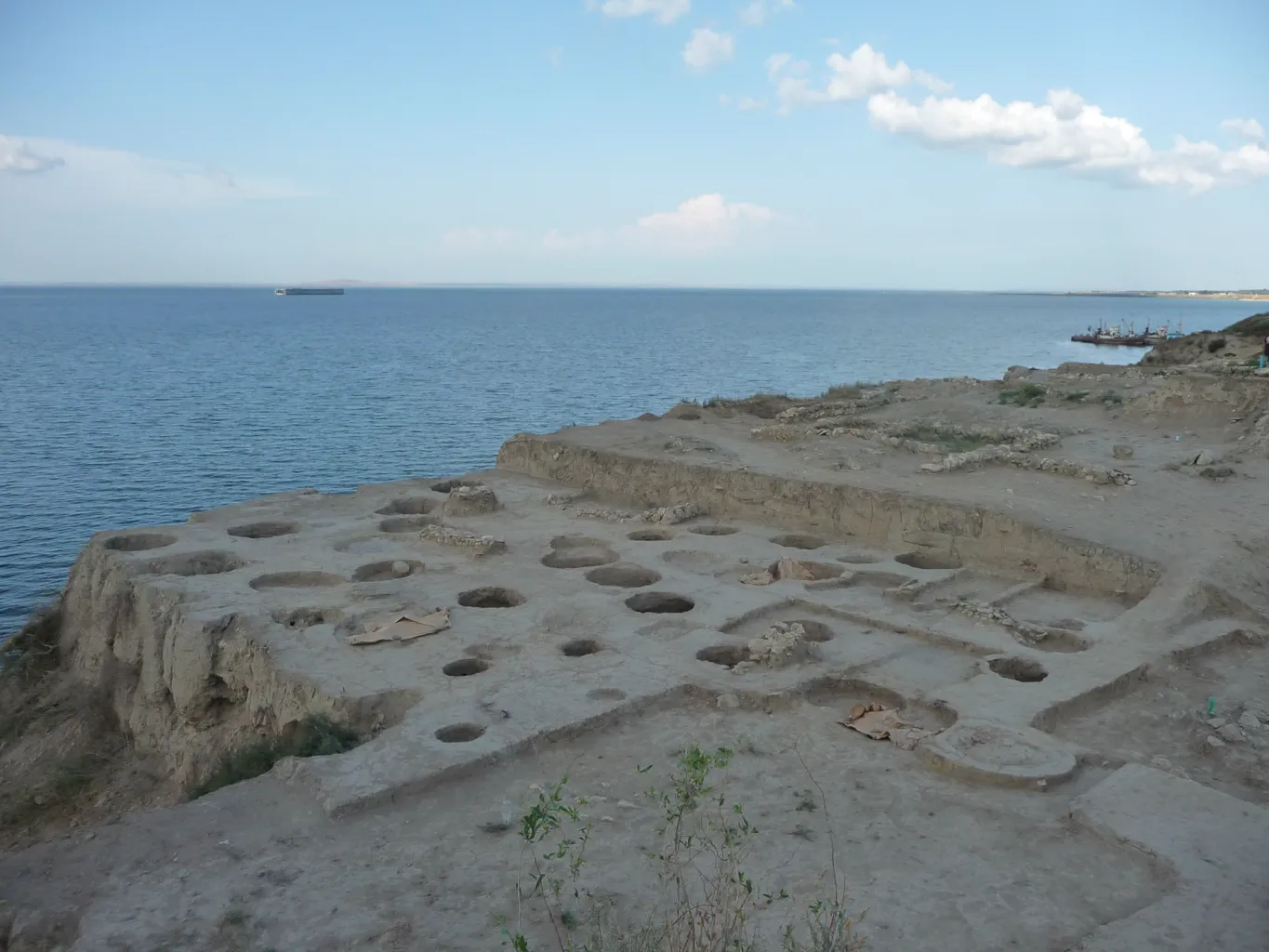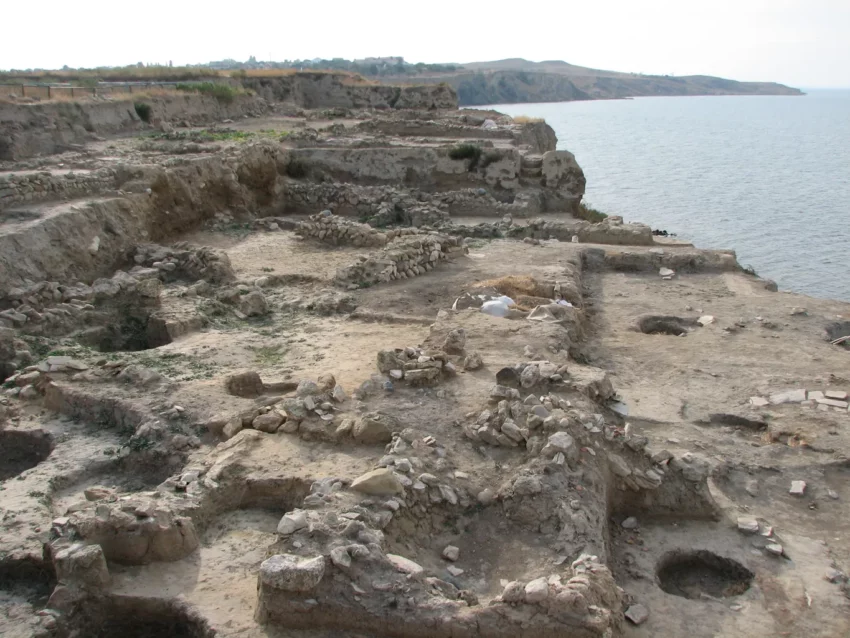The Fascinating History of Tmutarakan
Tmutarakan was a medieval principality of Kievan Rus’. It controlled the Cimmerian Bosporus, which links the Black Sea to the Sea of Azov. This bustling trading town thrived between the late 10th and 11th centuries AD. The site, initially an ancient Greek colony named Hermonassa, lies on the Taman Peninsula in modern-day Krasnodar Krai, Russia. Hermonassa, established in the 6th century BC by settlers from Mytilene on Lesbos, became a significant trading hub.
Get your dose of History via Email
Origins and Early Development
Hermonassa sat near other major trade centers like Phanagoria and Panticapaeum. Founded by Mytilene, with possible contributions from Cretans, the city flourished for centuries. Archaeologists have unearthed many ancient structures and a hoard of 4th-century golden coins from this era. Hermonassa was also a center for the Bosporan cult of Aphrodite and traded with the Alans in the early centuries AD. Evidence of extensive replanning and construction in the 2nd century AD indicates a period of prosperity.

Transformation under the Khazars
The Bosporan Kingdom eventually fell to the Huns in 375/376 AD, with the Hunnic Empire’s collapse in the late 5th century AD bringing the area back under Roman influence. In the 6th century AD, the Bulgars took over, followed by the Khazars in the late 7th century AD. The Khazars rebuilt the town, naming it Tamatarkha. Arab sources referred to it as Samkarsh al-Yahud, noting the significant Jewish trading presence. The city’s strong brick walls and excellent harbor made it a vital trade hub, controlling Northern European trade with the Byzantine Empire and the Northern Caucasus.
Control by Kievan Rus
Kievan Rus took control of Tmutarakan by the late 10th century AD, as mentioned in the Hypatian Codex. Vladimir the Great gave the city to his sons, establishing Rus’ dominance. The new rulers minted bronze and silver coins, imitating Byzantine currency. Vladimir’s son, Mstislav of Chernigov, ruled Tmutarakan at the start of the 11th century AD. During his reign, the first stone church, dedicated to the Mother of God, was built. Byzantine workmen likely constructed this church, given its architectural similarities to the one Mstislav commissioned in Chernigov.

Political Turmoil
Following Mstislav’s death, Tmutarakan saw a succession of short-lived rulers. Gleb Svyatoslavich initially controlled the city, only to be ousted by Rostislav Vladimirovich. Rostislav’s brief rule ended when Gleb returned with an army. Rostislav eventually retook the city but was poisoned by a Byzantine envoy in 1066. Control then passed back to the Prince of Chernigov and later to the Grand Prince of Kiev, Vsevolod Yaroslavich. During these turbulent times, various leaders, including Oleg Svyatoslavich, ruled the city, each contributing to its complex history.
Byzantine Influence and Decline
The Byzantine Empire maintained interest in Tmutarakan due to its strategic importance and resources, including naphtha, essential for Greek Fire. The empire even forbade Genoese traders from accessing the city. In the 13th century AD, Tmutarakan fell under the Empire of Trebizond’s control, later passing to the Republic of Genoa in the 14th century AD. The city eventually became part of the Crimean Khanate in 1482 and Russia in 1791.

Rediscovery and Archaeological Significance
By the 18th century, Tmutarakan had fallen into ruin. A local peasant discovered an inscribed stone in 1792, leading to the site’s rediscovery. Archaeological excavations began in the 19th century and continue today. The area’s rich history is preserved through extensive habitation layers, some exceeding twelve meters in depth.
Etymology and Cultural Impact
The name Tmutarakan likely derives from the Tatar language. Some speculate it could also come from the Greek term for “fish curing,” an important Black Sea industry. In Russian folklore, the name combines “t’ma” (darkness) and “tarakan” (cockroach), metaphorically suggesting a remote, isolated place. The poet Vladimir Mayakovsky used this interpretation in his works, highlighting Tmutarakan’s enduring cultural legacy.
Sources:

